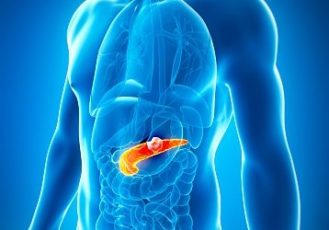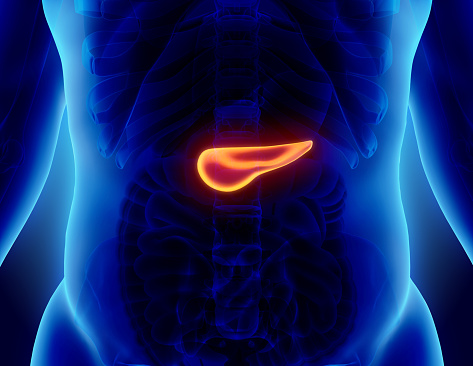
In the United States, pancreatic cancer is the third leading cause of cancer-associated death. Approximately 80% of patients with pancreatic cancer present with advanced, incurable disease. Previous studies have characterized risk markers for pancreatic cancer; however, combined models are not used clinically to identify individuals at high risk for the disease.
According to Jihye Kim, PhD, and colleagues, “Absolute risk models for pancreatic cancer may help identify individuals in the general population appropriate for disease interception.” The researchers conducted a nested case-control study designed to characterize absolute risk models for pancreatic cancer. Results were reported online in Cancer Epidemiology, Biomarkers & Prevention [doi:10.1158/1055-9965.EPI-19-1389].
The study included four US prospective cohorts with a total of 500 patients with pancreatic cancer diagnosed following blood collection and 1091 matched controls. The risks of interest were clinical factors (body mass index, history of diabetes), germline genetic polymorphisms, and circulating biomarkers.
Results of model discrimination showed an area under receiver operating characteristic curve of 0.62 via cross-validation. In the final integrated model, 3.7% of men and 2.6% of women with a minimum of three times greater than average risk of pancreatic cancer in the ensuing 10 years were identified. Those in the top risk percentile had a 4% risk of developing the disease by 80 years of age and a 2% 10-year risk at 70 years of age.
“Risk models that include established clinical, genetic, and circulating factors improved disease discrimination over models using clinical factors alone,” the researchers said.







 © 2025 Mashup Media, LLC, a Formedics Property. All Rights Reserved.
© 2025 Mashup Media, LLC, a Formedics Property. All Rights Reserved.